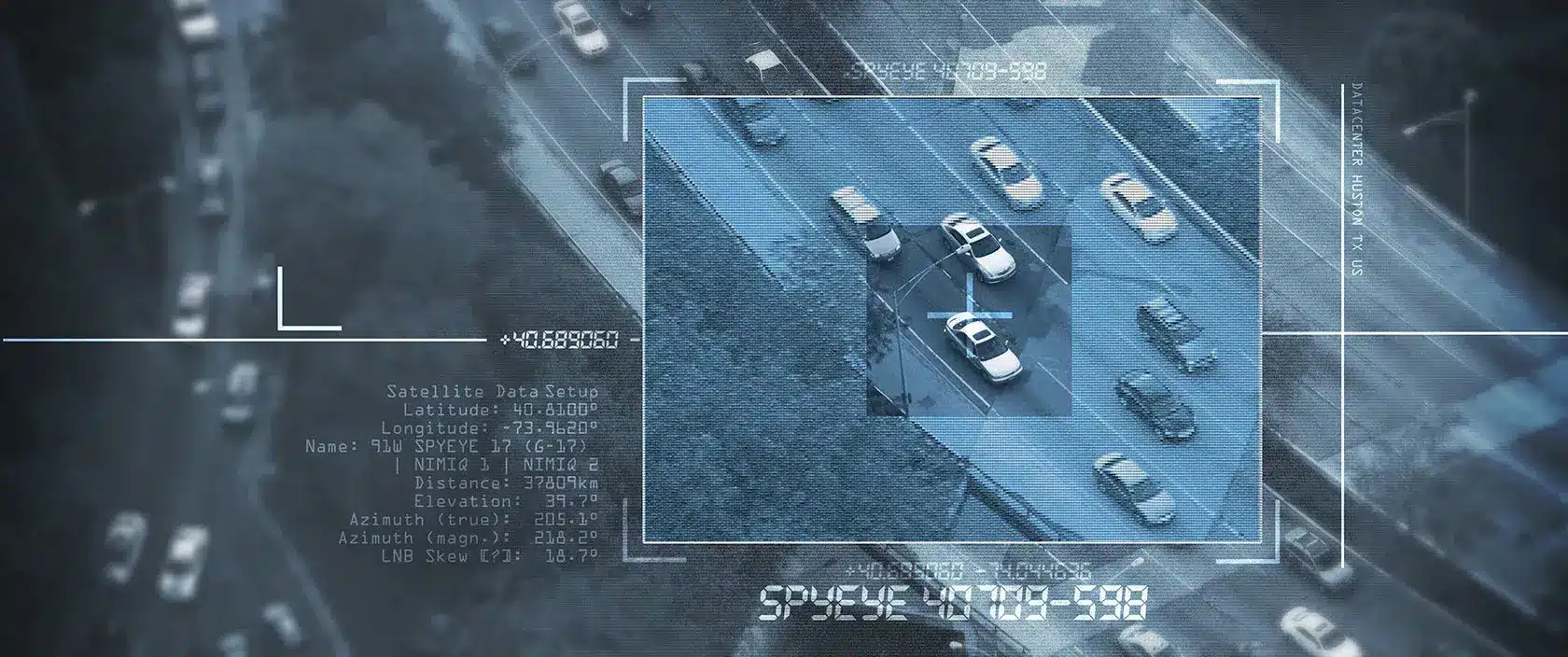Lithium-ion batteries are in everything from smartphones to electric cars. But they can overheat and catch fire. Thermal camera monitoring can help detect overheating batteries early and handle them safely.
Here are the top ways thermal cameras can help protect recyclers by detecting lithium-ion battery issues and identifying hazards
Understanding the Risks of Lithium-Ion Batteries
Lithium-ion batteries can go into a state known as thermal runaway. This is a situation when internal chemical reactions cause extreme overheating. The condition could lead to fires or explosions, posing significant dangers in recycling centers, warehouses, and manufacturing plants.
For more information on the hazards of used lithium-ion batteries, refer to the EPA’s guide on recycling lithium-ion batteries.
The Role of Thermal Camera Monitoring
Thermal cameras can help spot early signs of overheating in lithium-ion batteries by capturing infrared radiation and converting it into temperature data. This helps with real-time monitoring and early action, which can reduce the risk of fires and explosions.
- Early Detection: Thermal cameras can detect temperature issues in batteries early before they are visible. This is important for preventing overheating and fires.
- Continuous Monitoring: Continuous monitoring using thermal cameras in battery storage areas provides ongoing surveillance and instant alerts when temperatures exceed safe levels. This helps responders act quickly and deter potential hazards.
- Data Analysis: Thermal camera systems typically come with software that analyzes temperature data and detects patterns that may indicate potential battery failure. This predictive capability helps to improve safety protocols and preventive maintenance.
Identifying Overheating Lithium-Ion Batteries
To use thermal cameras to identify overheating lithium-ion batteries, follow these steps:
- Set Up Thermal Cameras: Install thermal cameras wherever lithium-ion batteries are stored, charged, or processed. Make sure the cameras cover all critical points and provide comprehensive monitoring.
- Establish Baseline Temperatures: Determine the normal operating temperature range for the batteries at your facility. Establishing this baseline will help to detect any deviations that may indicate potential issues.
- Monitor Temperature Spikes: Continuously monitor for temperature spikes that exceed the established baseline. Sudden increases could indicate internal short circuits or other issues that can lead to thermal runaway.
- Analyze Temperature Data: Use software tools to analyze temperature data and identify patterns that suggest imminent failure. This analysis helps prioritize inspections and interventions.
Safely Processing Lithium-Ion Batteries
When a potential issue is found, it is crucial to safely process the affected batteries. Here are some best practices for handling and disposing of overheated lithium-ion batteries:
- Isolate the Battery: If you notice a battery overheating, immediately isolate it. Use tools that don’t conduct electricity and wear personal protective equipment (PPE) to prevent further risks.
- Cool the Battery: If it’s safe, move the battery to a designated cool area. Don’t use water to cool it, as it might react with lithium. Instead, use fire-resistant containers made specifically for lithium-ion batteries.
- Monitor the Situation: Continue to monitor the battery with thermal cameras to make sure it does not reach critical temperatures. Continue to monitor the battery until things stabilize.
- Dispose of the Battery Properly: To safely dispose of lithium-ion batteries, use certified recycling facilities and follow transportation regulations. Refer to the guidelines from the Pipeline and Hazardous Materials Safety Administration (PHMSA) for more detailed instructions.
Remote Video Surveillance for Enhancing Battery Safety
Stealth Monitoring’s expertise in advanced surveillance technology makes it an ideal partner for implementing thermal camera monitoring solutions for lithium-ion battery safety. Our remote video monitoring solution can include thermal imaging cameras to enhance surveillance of battery storage areas. By combining our state-of-the-art video analytics with thermal cameras, our trained monitoring team can help spot overheating early and contact the proper authorities while continuing to monitor the situation. This helps deter accidents, speed response times, and ensure these batteries are handled safely.
Thermal cameras, remote video monitoring, and proper handling and disposal of batteries can enhance safety, especially in high-risk locations.
To learn more about how thermal imaging cameras pick up this free guide, Thermal Cameras: See What Others Cannot. Still have questions? Contact us.
Texas Private Security License Number: B14187
California Alarm Operator License Number: ACO7876
Florida Alarm System Contractor I License Number: EF20001598
Tennessee Alarm Contracting Company License Number: 2294
Virginia Private Security Services Business License Number: 11-19499
Alabama Electronic Security License # 002116
Canada TSBC License: LEL0200704




